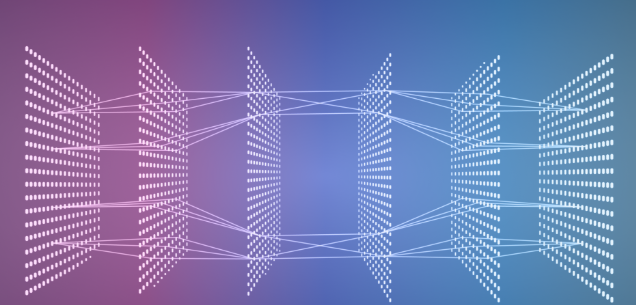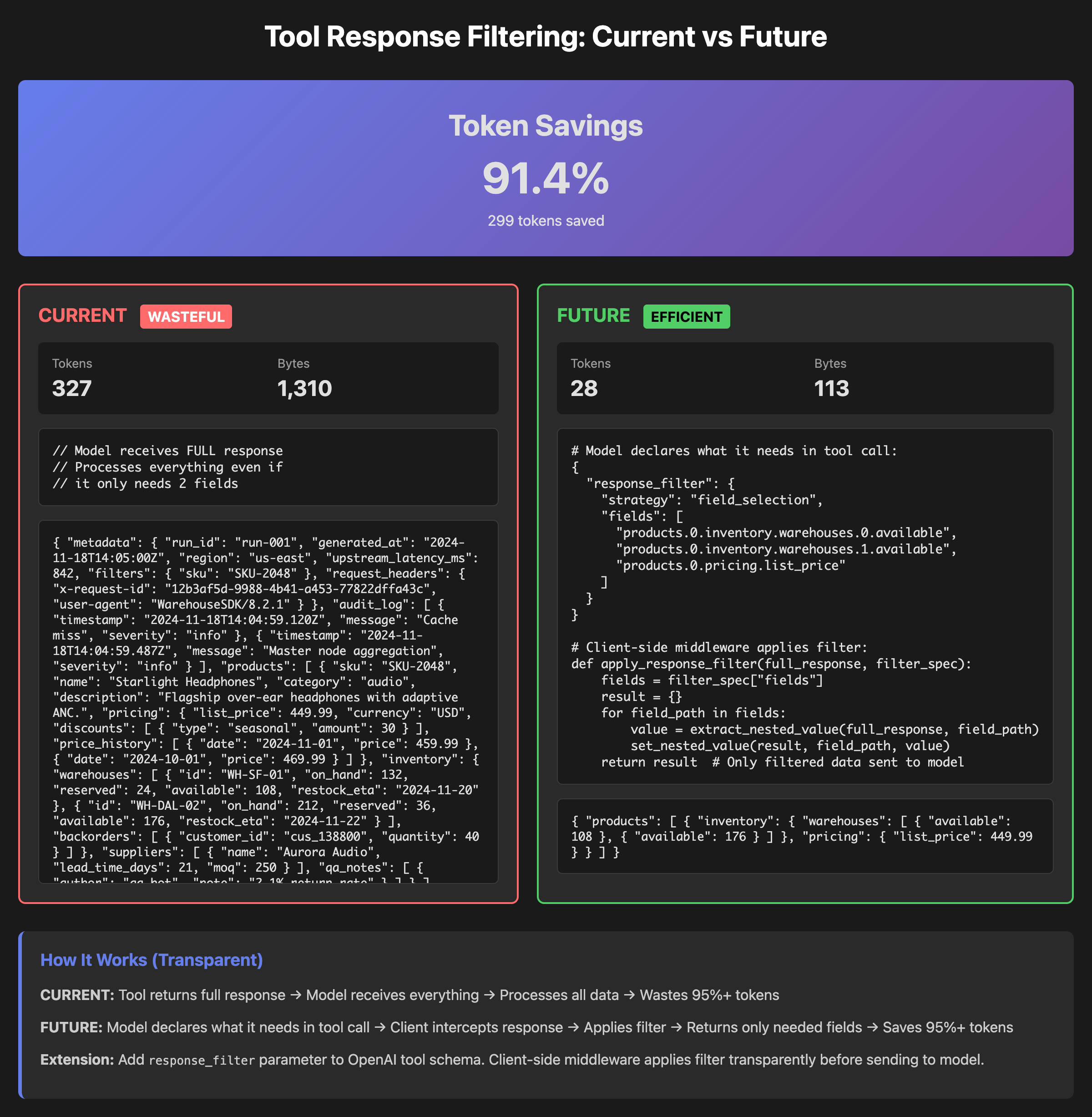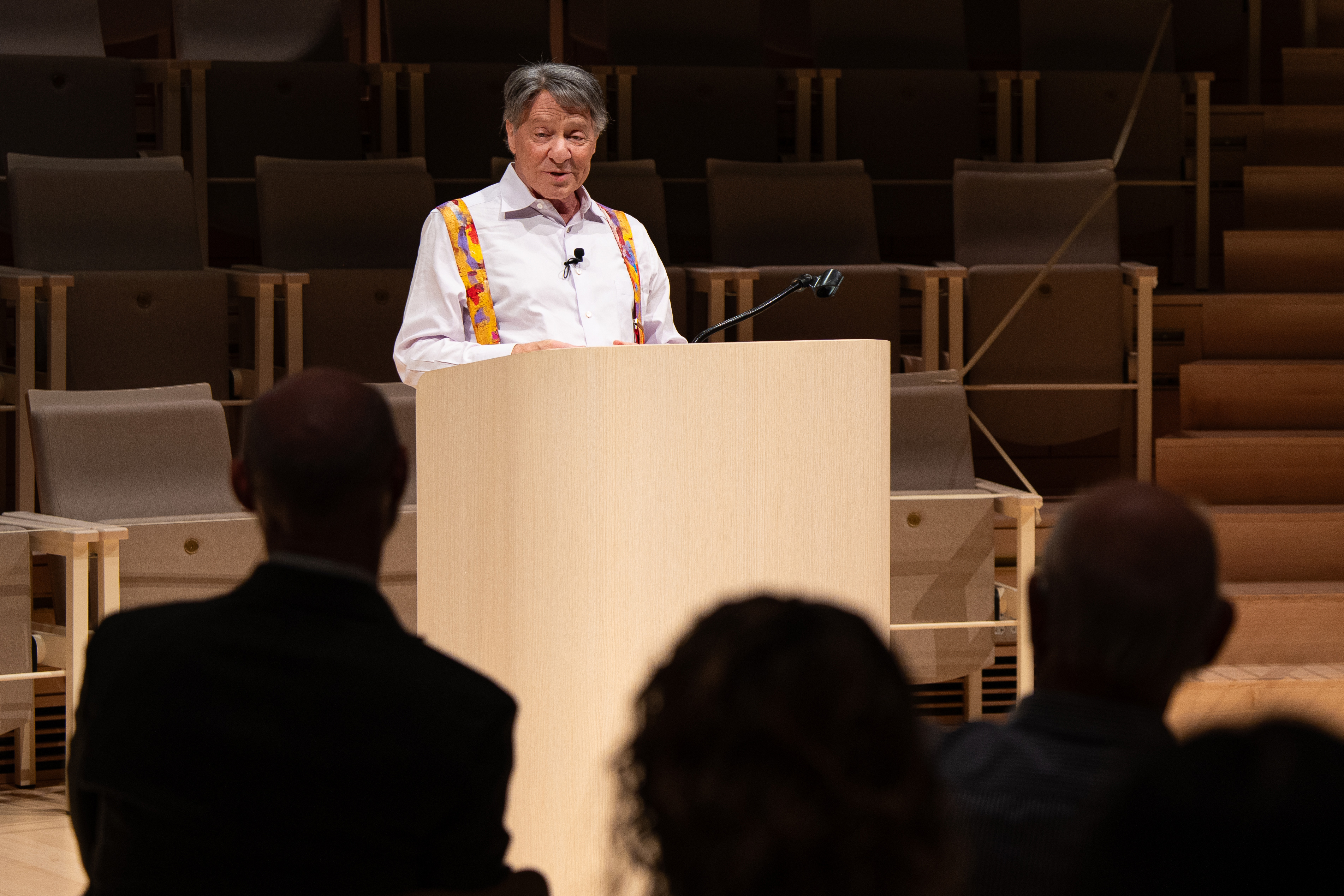Introduction to Time Series Forecasting
Time-series forecasting has always been a critical component of various industries such as finance, e-commerce, mobility, healthcare, manufacturing, and climate modeling. For decades, classical statistical models like ARIMA, SARIMA, ETS, and VAR dominated forecasting.
Classical Forecasting Methods
Classical statistical models have been used for decades due to their simplicity and effectiveness. However, these models have limitations, particularly when dealing with complex patterns and dependencies. They are often unable to capture non-linear relationships and require a significant amount of manual tuning.
Limitations of Classical Models
The limitations of classical models have led to the exploration of alternative methods, including deep learning transformers. These models have shown great promise in capturing complex patterns and dependencies, making them highly effective in time series forecasting.
What are Deep Learning Transformers?
Deep learning transformers are a type of neural network architecture that is particularly well-suited for sequential data, such as time series. They are able to capture complex patterns and dependencies, and have been shown to outperform classical models in many cases.
Advantages of Transformer Architectures
The advantages of transformer architectures include their ability to capture non-linear relationships, handle multiple seasonality, and deal with missing values. They are also able to handle large datasets and can be parallelized, making them highly efficient.
Use Cases Across Different Industries
Transformer architectures have been used in a variety of industries, including finance, e-commerce, mobility, healthcare, manufacturing, and climate modeling. They have been used to forecast stock prices, predict energy demand, and model climate patterns.
Operational Considerations
While transformer architectures excel in technical capabilities, classical methods remain effective for operational simplicity, particularly in instances of limited data availability. The choice of model depends on the specific use case and the characteristics of the data.
Conclusion
In conclusion, the shift from classical ways to transformer-based time series forecasting is a significant development in the field of forecasting. While classical models have their limitations, transformer architectures offer a powerful alternative, capable of capturing complex patterns and dependencies. As the field continues to evolve, it is likely that we will see even more innovative applications of transformer architectures in time series forecasting.
FAQs
What is time series forecasting?
Time series forecasting is the process of using historical data to make predictions about future events. It is a critical component of various industries, including finance, e-commerce, mobility, healthcare, manufacturing, and climate modeling.
What are the limitations of classical forecasting models?
Classical forecasting models have limitations, particularly when dealing with complex patterns and dependencies. They are often unable to capture non-linear relationships and require a significant amount of manual tuning.
What are the advantages of transformer architectures?
The advantages of transformer architectures include their ability to capture non-linear relationships, handle multiple seasonality, and deal with missing values. They are also able to handle large datasets and can be parallelized, making them highly efficient.
What are some use cases of transformer architectures in time series forecasting?
Transformer architectures have been used in a variety of industries, including finance, e-commerce, mobility, healthcare, manufacturing, and climate modeling. They have been used to forecast stock prices, predict energy demand, and model climate patterns.










